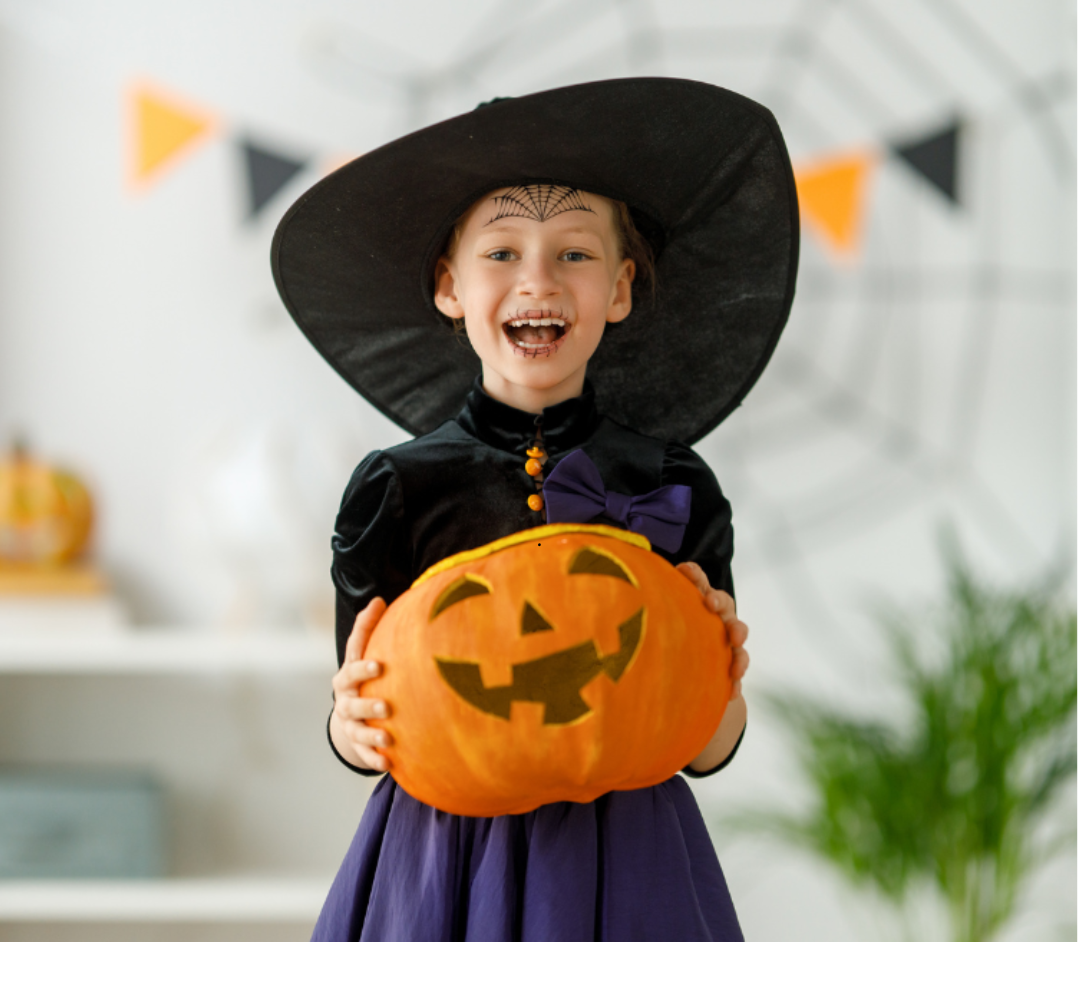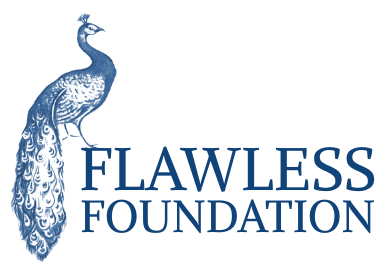Halloween is a time for imaginative costumes, haunted houses, and all things spooky. But it also brings an opportunity to address some of the ways that certain portrayals—particularly around mental health—can perpetuate stereotypes and discrimination. As we celebrate the eerie and unknown, it’s worth examining the imagery and language we use and considering how Halloween can evolve to be more inclusive and respectful.
Each October, haunted houses pop up around the country, using themes that might seem harmless at first, but often lean on inaccurate portrayals of mental illness. For example, our founder, Janine recently came across a “haunted house for the criminally insane,” a concept deeply rooted in misconceptions that equate mental illness with danger or horror. Such haunted houses are often decorated with padded cells, characters in straitjackets, and unsettling depictions of individuals meant to look unstable, all designed to evoke fear. While intended to be entertaining, these depictions can be harmful for people who experience mental health challenges, as they may see their struggles sensationalized or mocked
Sadly, this isn’t a new issue. Classic horror movies like The Shining and American Psycho used characters that were portrayed as having mental illness as villains, perpetuating the idea that those who experience mental health challenges are prone to violence or unpredictability. More recent films, too, have leaned into these representations. Split, for instance, reinforces harmful misconceptions and fosters unwarranted fear around a mental health condition that requires compassion and understanding.
As Halloween has evolved, there is a growing awareness of these problematic themes, and many are starting to reimagine how the holiday can be celebrated without perpetuating these inaccurate depictions. Historical advocacy efforts have played a pivotal role in reshaping the representation of mental health in popular media, particularly during thematic events such as Halloween. One notable instance was an episode of Modern Family, where the cast created an “insane asylum” themed haunted house, featuring characters that perpetuate harmful stereotypes associated with mental illness. While the episode’s depiction was intended to be comedic, it presented individuals with mental illness as frightening —an outdated and harmful narrative that reinforces these social stereotypes rather than dismantling them.
In response to the immediate backlash from mental health advocates, organizations, and concerned viewers, ABC faced mounting pressure to address these problematic representations. To rectify this, ABC committed to reevaluating its content and the messages it conveyed about mental health – this even included consulting with mental health professionals to ensure that their future content aligned more closely. This collective action exemplified the ability of advocates to unite in pursuit of a common goal: to promote a more accurate and compassionate portrayal of mental health in the media. Their voices not only called for accountability but also sparked critical conversations about the impact of such depictions on public perception and individual experiences.
Reflecting on the impact of these themes can make Halloween an opportunity to move forward with more empathy and awareness. Choosing language mindfully—opting for words that don’t equate “scary” with “crazy” or “psycho”—is one simple way to start. Also, by promoting narratives that respect the experiences of people with mental health conditions, we can begin to create a Halloween culture that’s just as exciting, without leaving anyone feeling marginalized.

This Halloween, let’s rethink what it means to be haunted and spooky. By doing so, we can create a celebration that’s more imaginative, inclusive, and, ultimately, reflective of a society that values and respects all people. In a world filled with plenty of real-life mysteries and unknowns, Halloween doesn’t need to rely on outdated stereotypes to create a good scare. Together, we can celebrate this holiday with creativity, compassion, and a commitment to changing the conversation – all while having fun!







